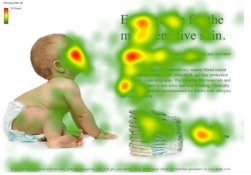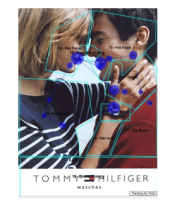Reading through the recently resurrected thread asking about photographic turn-ons and turn-offs, I noticed several responders mention "strong Composition"...and I realize, I haven't a clue what, specifically. they're talking about. I mean, what does "strong composition" look like? or what the lack of it look like?
When resulting composition has an strong impact: in the aesthetics or in the message. It can happen both after following the well known composition rules or if not following any known rule at all.
IMO, an strong composition makes use of "geometry" to provide a remarkable visual impact or to guide the exploration route of our eyes use in the image.
When me make heavy usage of the well known "Composition rules" (or new ones) (
https://en.wikipedia.org/wiki/Composition_(visual_arts)), and this makes a powerful impact, then we have an strong composition.
As always we may use the composition rules or not, the job quality does not depend on that, but there is no doubt that many images are enhaced (or modified) after modifying the framing following those rules. We all know the effect of directing lines exactly to the corners...
https://emptyeasel.com/2018/10/08/7-steps-to-a-stronger-composition/
Eye tracking techniques help advertising agencies to explore the impacts in the images, there are two principal tools, one is heat maps:

The other one is recording the trajectory, scan path analysis:
 https://measuringu.com/eye-tracking/
http://eyemetricsresearch.com/whatToTest.htm
https://measuringu.com/eye-tracking/
http://eyemetricsresearch.com/whatToTest.htm
The sequence in what we explore the different subjects (or parts of them) in the image is very important to tell a history and to tell a message, also it is important the time we spend in each spot.
To practice a photographer may acknowledge the scan path his own eyes explore the images...
Of course an strong composition may cause an impression before even before we start exploring path, but for sure an strong composition influences in the way we explore the image.
This is a very complex matter, and every person may make different interpretation. Still in high budget advertising campaigns a lot of effort is spend to analyze how we interpret the image and what aesthetic impact we get. Of course an strong composition is a powerful tool for them. Also those techniques (scan path analysis) are very interesting for general fotography, being art or commercial.
Let me insist, a photographer that analyzes the scan path in his images (IMO) he has an advantage, and composition has an interaction with that, an strong composition may (or not) force a particular scan path we want, helping narrative and/or message.


 .
.


